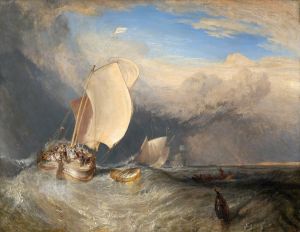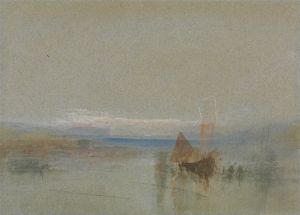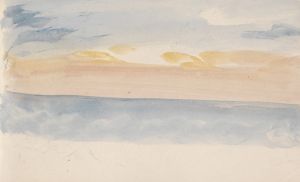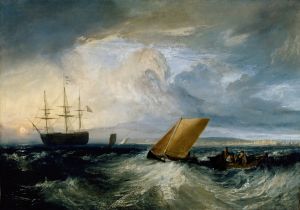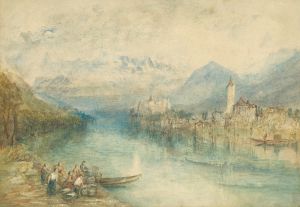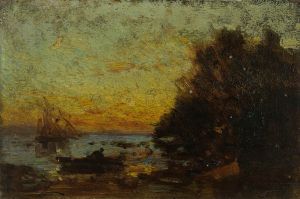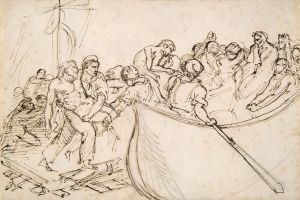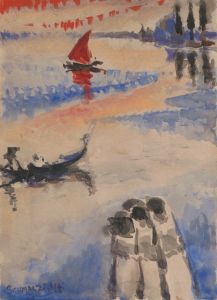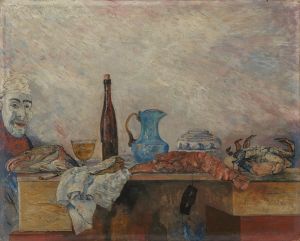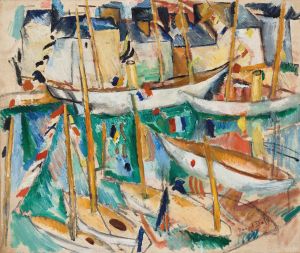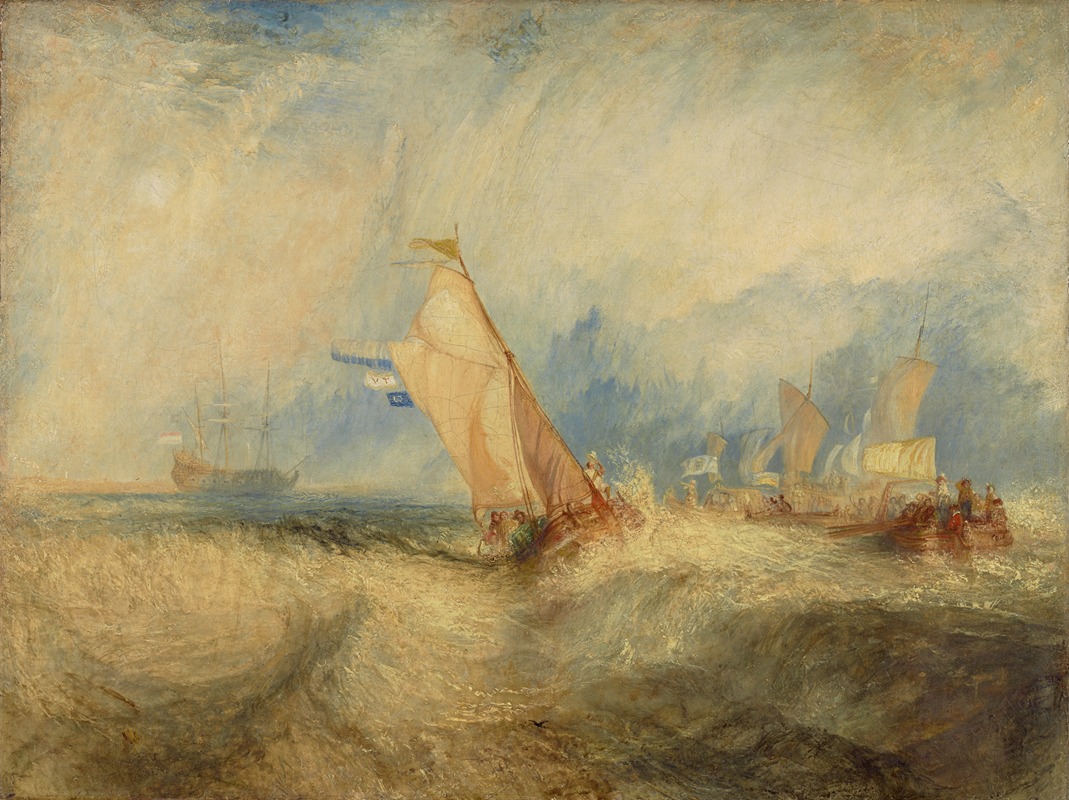
Van Tromp, Going About to Please His Masters
A hand-painted replica of Joseph Mallord William Turner’s masterpiece Van Tromp, Going About to Please His Masters, meticulously crafted by professional artists to capture the true essence of the original. Each piece is created with museum-quality canvas and rare mineral pigments, carefully painted by experienced artists with delicate brushstrokes and rich, layered colors to perfectly recreate the texture of the original artwork. Unlike machine-printed reproductions, this hand-painted version brings the painting to life, infused with the artist’s emotions and skill in every stroke. Whether for personal collection or home decoration, it instantly elevates the artistic atmosphere of any space.
"Van Tromp, Going About to Please His Masters" is an oil painting by the renowned British artist Joseph Mallord William Turner, commonly known as J.M.W. Turner. This work was completed in 1832 and is part of Turner's exploration of maritime themes, which are prevalent throughout his oeuvre. Turner is celebrated for his innovative use of light and color, and his ability to capture the sublime power of nature, particularly in seascapes.
The painting depicts a scene inspired by the historical figure Maarten Tromp, a Dutch admiral who served during the Eighty Years' War and the First Anglo-Dutch War. Tromp was known for his naval prowess and leadership, and his actions were significant in the naval history of the Netherlands. The title, "Van Tromp, Going About to Please His Masters," suggests a narrative of duty and service, possibly reflecting Tromp's role in executing the orders of his superiors.
Turner's work often reflects his interest in the interplay between human endeavors and the natural world. In this painting, he captures the dynamic movement of the sea and sky, using his signature style of loose brushwork and a vibrant palette. The composition likely includes a ship, a common motif in Turner's maritime paintings, symbolizing human ambition and the challenges posed by the natural elements.
The painting is characterized by Turner's dramatic use of light and atmospheric effects, which convey a sense of movement and energy. His technique often involved layering glazes to achieve a luminous quality, allowing the viewer to experience the scene as both a realistic depiction and an emotional expression. Turner's ability to evoke mood and atmosphere is a hallmark of his work, and "Van Tromp, Going About to Please His Masters" is no exception.
This painting is part of Turner's broader body of work that examines historical and contemporary themes through the lens of maritime subjects. Turner's fascination with the sea is evident in many of his paintings, where he explores the tension between human endeavors and the vast, often unpredictable forces of nature. His works from this period often reflect the Romantic era's interest in the sublime, capturing the awe-inspiring and sometimes terrifying aspects of the natural world.
"Van Tromp, Going About to Please His Masters" is housed in the collection of the Tate Britain in London, which holds the largest collection of Turner's works. The painting is an example of Turner's mature style, where he increasingly moved towards abstraction, focusing on the effects of light and color rather than detailed representation. This approach was influential in the development of later art movements, including Impressionism.
Turner's legacy as a pioneering figure in the history of art is well-established, and his works continue to be studied and admired for their technical brilliance and emotional depth. "Van Tromp, Going About to Please His Masters" exemplifies his ability to blend historical narrative with a profound appreciation for the natural world, making it a significant piece within his extensive portfolio.







